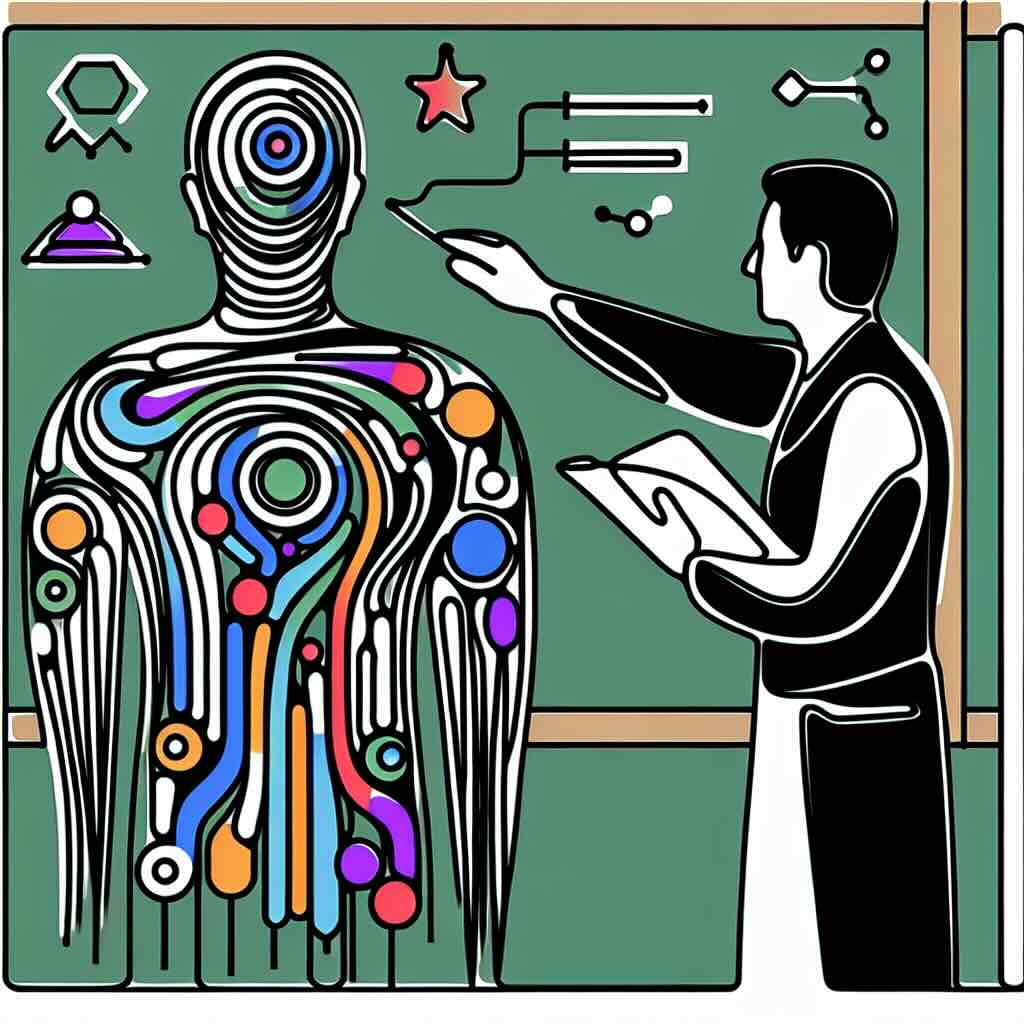Visualisinglearning can surface data-driven insights to make more informed design decisions
Leveraging data and analytics is essential for instructional designers aiming to enhance the effectiveness of their courses. By integrating data-driven insights, designers can make informed decisions that improve learner outcomes, engagement, and satisfaction. This blog post explores how to incorporate data and analytics into your design process to maximise the impact of your instructional materials.
Table of Contents
1. Introduction to Data-Driven Design
2. Types of Data to Collect
3. Analysing Data for Insights
4. Applying Insights to Design Decisions
5. Creating a Cyclical Feedback Loop
6. Benefits
7. Risks
8. One Thing You Can Try Today
9. Conclusion
10. Try it Yourself
11. Related Topics
Introduction to Data-Driven Design
In the instructional design field, data-driven design is fast becoming a critical component for success. This approach focuses on collecting and analysing various types of data to make informed decisions. By leveraging data and analytics, designers can create more effective and personalised learning experiences. Data-driven design involves several steps including data collection, analysis, and application. Whether you're new to the field or looking to refine your skills, incorporating a data-driven mindset can spell the difference between an average and an exceptional instructional program.
Types of Data to Collect
When leveraging data and analytics, knowing which types of data to collect is fundamental. Quantitative learning data, such as assessment scores, completion rates, and time spent on tasks, provides measurable evidence on past learner performance. Meanwhile, qualitative data like learner feedback, survey responses, and discussion forums can offer deeper insights into the learner experience. Utilising a mix of both types gives a more comprehensive view to justify more informed design decisions. Tools such as Learning Management Systems (LMS), Learning Analytics Software and Coursensu can work together to gather, store, and visualise these data, and how this impacts the learning experience, effectively.
Analysing Data for Insights
Once you have amassed a substantial amount of data, the next step is to analyse it for actionable insights. Descriptive analytics help in understanding what is happening in your courses, while inferential and predictive analytics can forecast future trends and behaviours. Look for patterns, anomalies, and correlations within the data sets. For instance, if learners consistently struggle with a particular module, it might indicate an area for design improvement. Utilising tools like Excel, Tableau, or educational analytics platforms can help simplify this task.
Applying Insights to Design Decisions
Analysing data is only half the battle; the real impact comes from applying these insights to your instructional design decisions. For instance, if data indicates a learner retention issue, you should reconsider the course structure, pacing, or content complexity. Perhaps you find that there are particular assessments that learners are finding overly challenging, or there are inflexible aspects to the course schedule which reduces attendance and participation. These types of insights can guide design changes that help manage the level of engagement and ensure the right level of difficulty, aligned to the intended learning outcomes. When you make adjustments, always compare new data with previous benchmarks to ensure that changes lead to desired improvements. Data-driven decisions should be iterative and continually refined for maximum effectiveness.
Creating a Cyclical Feedback Loop
Effective instructional design leverages data not just as a one-time activity but as a continuous cycle. Create a cyclical feedback loop where data is consistently collected, analysed, and applied to refine your instructional materials. Implementing regular data reviews and updates ensures your design is responsive to learner needs and adapts to evolving educational trends. Utilise learner feedback, co-design approaches and performance data to constantly improve the learning experience. A cyclical feedback loop helps in maintaining the relevance and effectiveness of your instructional design efforts.
Benefits
1. Increased Learner Engagement: Data helps identify elements that resonate well with learners, enabling the inclusion of more engaging content.
2. Improved Outcomes: Data-driven decisions can lead to better learner performance and satisfaction.
3. Personalisation: Tailoring materials based on individual needs and performance levels becomes straightforward.
4. Resource Optimisation: Data allows for efficient allocation of resources, ensuring time and money are well spent.
5. Evidenced-Based Design: Decisions backed by data often carry more weight and can be easily justified to stakeholders.
Risks
Despite its benefits, leveraging data and analytics is not without risks:
1. Misinterpretation: Incorrect analysis can lead to erroneous conclusions.
2. Privacy Concerns: Mismanaging learner data can lead to significant privacy issues.
3. Over-Reliance on Data: Solely focusing on data may overlook some qualitative aspects of learning.
4. Resource Intensive: Collecting and analysing data can be time-consuming and require significant resources.
5. Resistance to Change: Teams accustomed to traditional methods may resist transitioning to a data-driven approach.
One Thing You Can Try Today
Quick Exercise: Log into your Learning Management System (LMS) and export data from your most recent course. Look specifically at participation rates and assessment scores. Create a chart to visualise where learners appeared to drop off or show signs of struggling. This exercise will provide immediate insights and is a great first step towards leveraging data in your design decisions and opening up stakeholder discussions about future changes to improve the learner experience.
Conclusion
Leveraging data and analytics in instructional design isn't just a trend; it's a necessity for creating impactful and efficient educational experiences. By understanding how to collect, analyse, and apply data, instructional designers can make informed decisions that lead to better learner outcomes and satisfaction. From identifying engagement patterns to refining content based on performance metrics, data-driven design opens a world of possibilities.
Try it Yourself
1. Collect and Export Data: Start by gathering data from your LMS today.
2. Analyse and Identify Trends: Use basic tools like Excel to uncover patterns.
3. Apply Insights: Make at least one data-informed decision in your next design iteration.
Related Topics
1. Learning Analytics
2. Educational Data Mining
3. Instructional Design Models
4. Qualitative vs Quantitative Data in Education
5. Assessment and Evaluation Techniques in eLearning







